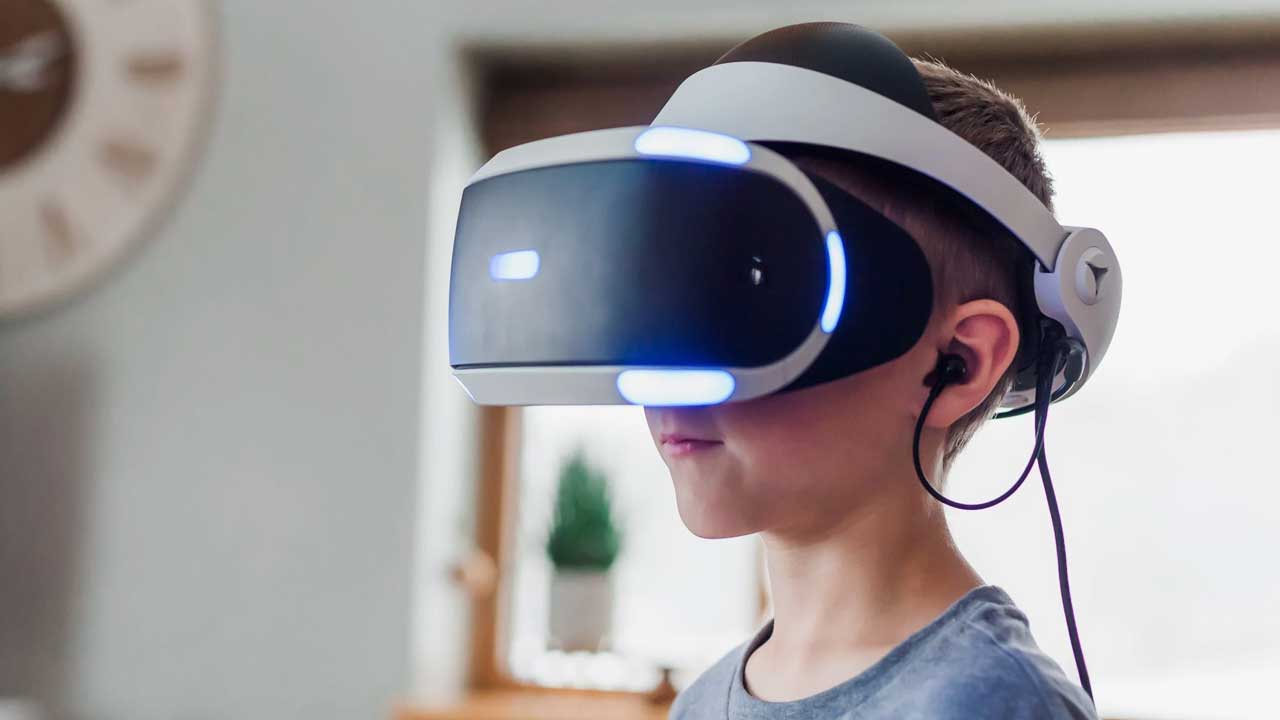The education landscape continuously evolves, and technology is at the forefront of this transformation. From artificial intelligence to virtual reality, technological advancements are reshaping how students learn, interact, and absorb information. In this article, we delve into the latest tech news and trends that are redefining the future of learning, providing students with unprecedented opportunities for growth and development.
Table of Contents:
- 1 Artificial Intelligence in Personalized Learning
- 2 Virtual Reality: Immersive Learning Experiences
- 3 Cloud Computing: Enhancing Collaboration and Accessibility
- 4 Adaptive Learning Platforms
- 5 Wearable Technology in Education
- 6 3D Printing in Education
- 7 Gamification of Learning
- 8 Big Data and Learning Analytics
- 9 Conclusion: Navigating the Tech-Driven Educational Landscape
Artificial Intelligence in Personalized Learning
Artificial Intelligence (AI) is revolutionizing the educational experience by offering personalized learning pathways for students. AI-driven platforms can analyze individual learning patterns and tailor the educational content accordingly. Students can receive customized support and resources catering to their strengths and weaknesses. For example, AI can recommend additional resources for topics a student is struggling with or adjust the complexity of questions based on their performance. Top Essay Writing can be one of the said resources. This essay writer platform offers custom paper writing assistance. This level of personalization was unimaginable a few years ago and is a game-changer in providing equitable learning opportunities for all students.
Virtual Reality: Immersive Learning Experiences
Virtual Reality (VR) is another exciting technological trend making educational waves. VR provides immersive learning experiences that were previously not possible. Through VR headsets, students can explore historical sites, dissect a human heart, or even travel to space, all from the comfort of their classroom. This immersive approach not only makes learning more engaging but also enhances retention and understanding. VR offers a tangible and interactive way to learn and explore particularly abstract or challenging conceptual subjects.

Cloud Computing: Enhancing Collaboration and Accessibility
Cloud computing has significantly impacted student learning by enhancing collaboration and accessibility. Platforms like Google Classroom, Microsoft Teams, and Dropbox allow students to access their work from anywhere, collaborate in real-time, and share resources seamlessly. This technology is particularly beneficial in fostering a collaborative learning environment and supporting remote or blended learning models. It also ensures that educational resources are more accessible, breaking down barriers that previously limited student learning opportunities. When we are talking about AI writing vs custom writing, cloud solutions should also be mentioned. Unlimited storage and collaborative learning tools can help students easily complete group writing projects.
Adaptive Learning Platforms
Adaptive learning technology is a rapidly growing trend, offering a more dynamic approach to education. These platforms use algorithms to adapt content and assessments based on individual student performance. The learning experience continuously evolves and responds to the student’s needs. Adaptive platforms can identify areas where a student may need more support and adjust the difficulty of tasks to ensure optimal learning. This approach supports better academic outcomes and empowers students to take control of their learning journey.
Wearable Technology in Education
Wearable technology is starting to find its place in the educational sector. Devices like smartwatches and fitness trackers are being used to enhance student learning and well-being. For example, these devices can track physical activity, monitor stress levels, and even help manage time and schedules. Wearable tech can also be used in unique educational applications, making it a staple in the future of language learning. For example, language learning could be done through smart earbuds, which will help learners explore augmented reality (AR) environments for interactive learning experiences.
3D Printing in Education
3D printing technology is opening new doors for experiential learning. In subjects like engineering, design, and biology, students can use 3D printers to create models and prototypes, bringing their ideas and theories to life. This hands-on approach to learning enhances understanding and retention. 3D printing is not just about creating physical objects; it’s about fostering innovation, creativity, and problem-solving skills – essential competencies in the 21st-century job market.

Gamification of Learning
Gamification is transforming the way students engage with educational content. Educators make the process fun and engaging by incorporating game design elements into learning activities. This approach is especially effective in motivating students, encouraging participation, and improving retention rates. From simple point-based systems to complex educational games, gamification is a powerful tool in the educator’s toolkit.
Big Data and Learning Analytics
Big data and learning analytics are crucial in understanding student learning patterns and improving educational outcomes. By analyzing vast amounts of data, educators can gain insights into student performance, engagement, and learning preferences. This information can be used to make informed decisions about curriculum design, teaching methods, and resource allocation. Big data is not just about numbers; it’s about using those numbers to create a more effective and personalized learning experience.
In conclusion, these technological innovations are not just reshaping the educational landscape; they are revolutionizing it. They offer students more personalized, engaging, and effective learning experiences, preparing them for the challenges of the modern world. As technology continues to advance, it’s essential for students and educators to stay informed and adapt to these changes. The future of learning is here, with possibilities and opportunities for those willing to embrace it.
The integration of technology in education is an unstoppable trend, one that offers immense benefits to students. As we navigate this tech-driven educational landscape, it’s exciting to think about the endless possibilities and innovations that lie ahead. For students, the future of learning is bright, filled with opportunities to learn, grow, and succeed in ways never before possible.




